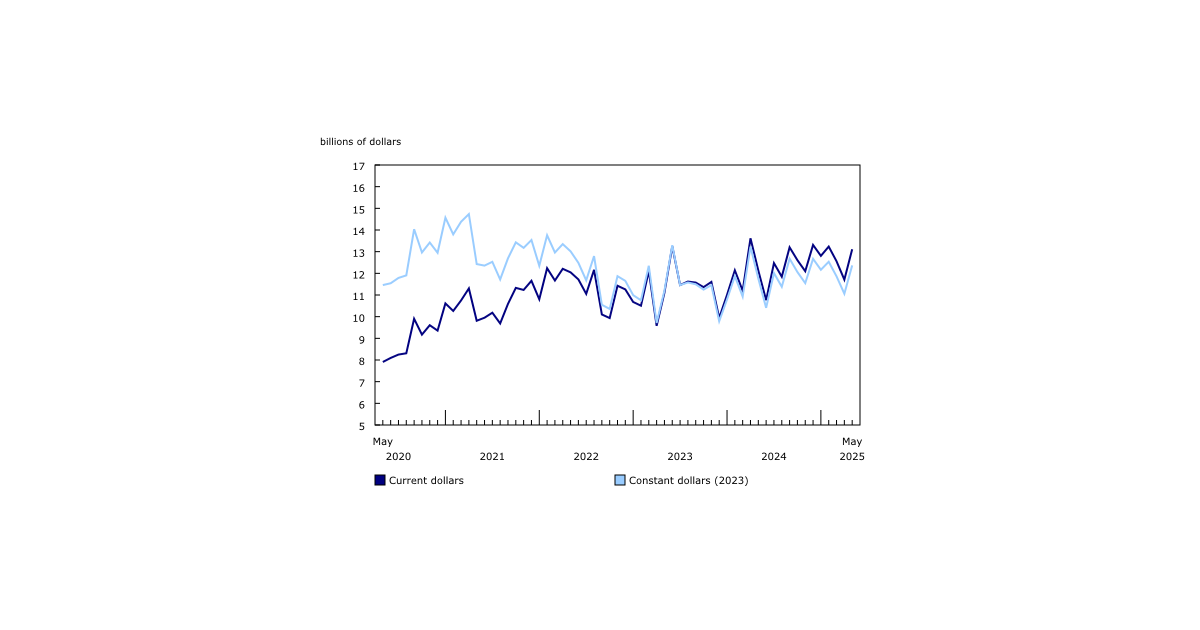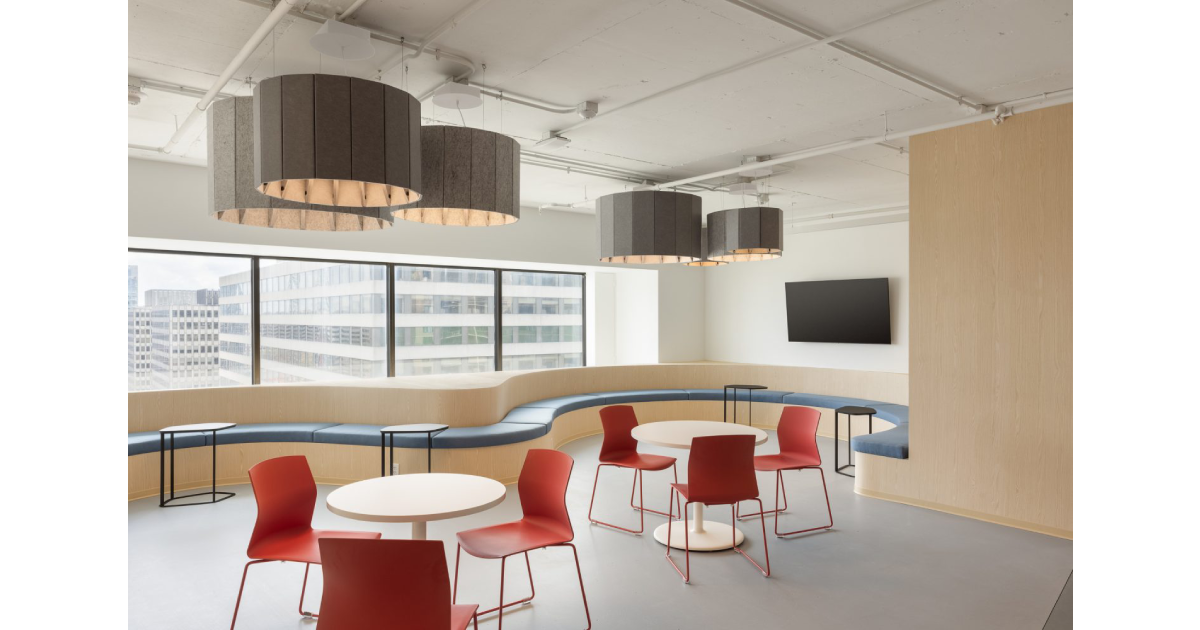Charging Infrastructure Advancements Expected to Close Gap in Sales for Canadian EV Market

Sept 24, 2020
Frost & Sullivan’s recent analysis, Strategic Analysis of the Canadian EV Market, predicts that the Canadian electric vehicle (EV) market is likely to experience a possible stagnation in 2020 due to the lack of support from provincial governments. However, federal incentives are expected to give an impetus to the market. The country continues to prefer hybrid electric vehicles over plug-in electric vehicles (PEVs). Despite this, the gap in sales is reducing and will continue to do so as charging infrastructure improves in 2020 and beyond.
“As there exists a notable lack of non-cash incentives in current provincial EV-centric policies and schemes, provincial governments, apart from the Big 3—Quebec, Ontario, British Columbia—need to introduce such incentives to push EV adoption,” said Ishaan Kolse, Automotive & Transportation Research Associate at Frost & Sullivan. “Additionally, charging station networks must be extended beyond the southern part of Canada and penetrate the entire country to address range anxiety.”
Kolse added: “As reflected by its 100.7% year-on-year growth, the xEV market is demonstrating substantial demand. Further, this is the time to invest in the supply chain to lower cost of ownership of xEVs (versus internal combustion engine vehicles) and increase rate of adoption for potential customers.”
If the Canadian government’s ambitious sales and emission targets are reflected in the policies it establishes, EV growth could skyrocket in the near future, unlocking immense growth opportunities for market participants. Frost & Sullivan recommendations include:
- Original equipment manufacturers (OEMs) should introduce xEV pick-ups before the market reaches saturation.
- Charging station infrastructure must be rapidly extended across the country to address range anxiety.
- Large OEMs and the government can leverage the availability and expertise of local EV makers.
- Introduction of quality-of-life and utility-based incentives can push the demand for EVs in the country.

















